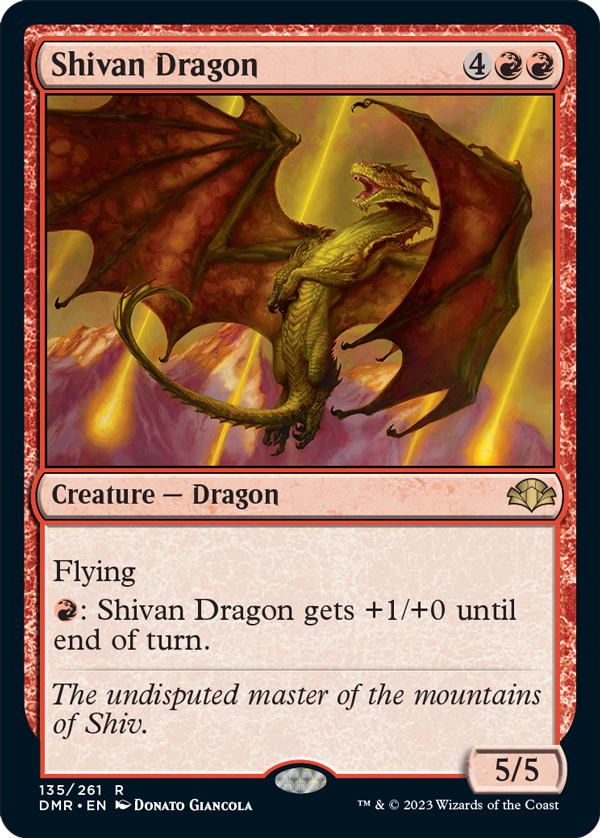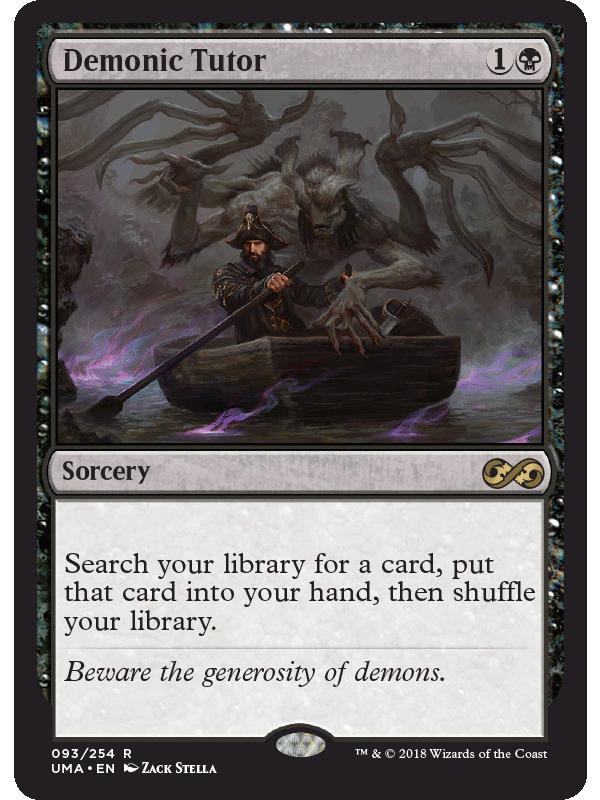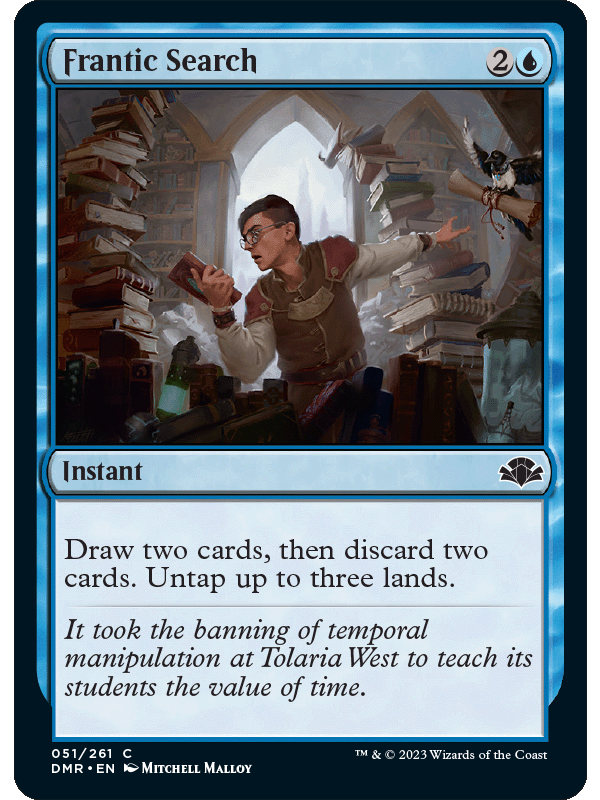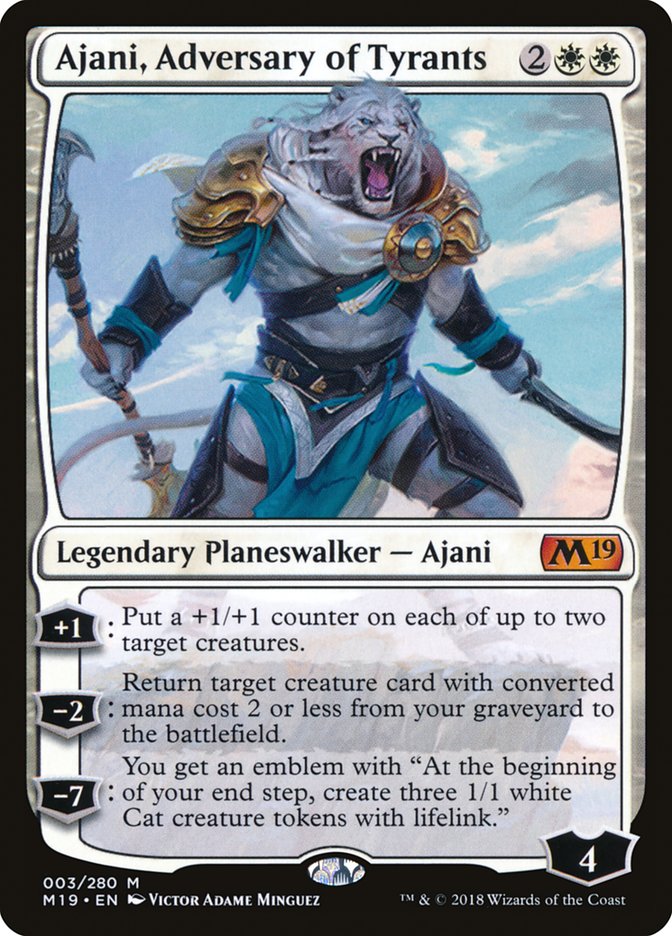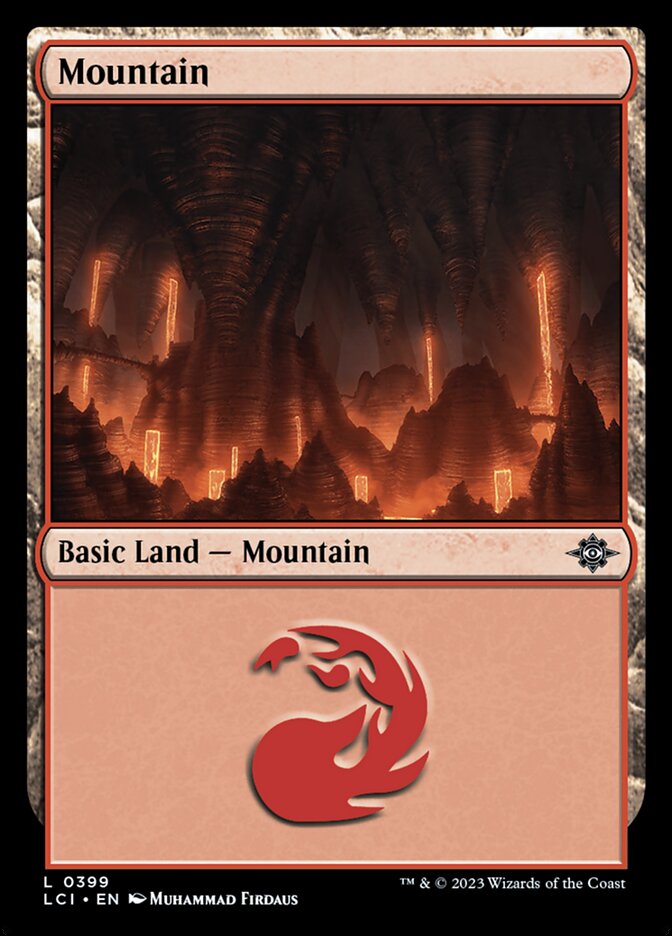Magic: The Gathering, as explained by Tolarian Community College, is a strategic card game
where
players take on the roles of Planeswalkers, powerful wizards with the ability to summon
creatures, cast
spells, and harness the energies of the Multiverse. Players use decks comprised of various
card types,
including Lands (for mana), Creatures, Instants, Sorceries, Artifacts, Enchantments, and
Planeswalkers,
to defeat their opponents. The game combines elements of strategy, resource management, and
tactical
play, with each card type offering unique abilities and roles within the player's deck.
The basic gameplay involves players drawing cards from their decks, playing Land cards for mana, and
using that mana to cast spells or summon creatures. Players alternate turns, during which they can
attack their opponent and use their cards' abilities to gain an advantage. The goal is to reduce the
opponent's life points to zero through strategic play and clever use of card combinations. Magic:
The Gathering's depth, variety of strategies, and expansive universe make it both a challenging and
rewarding experience for players.


